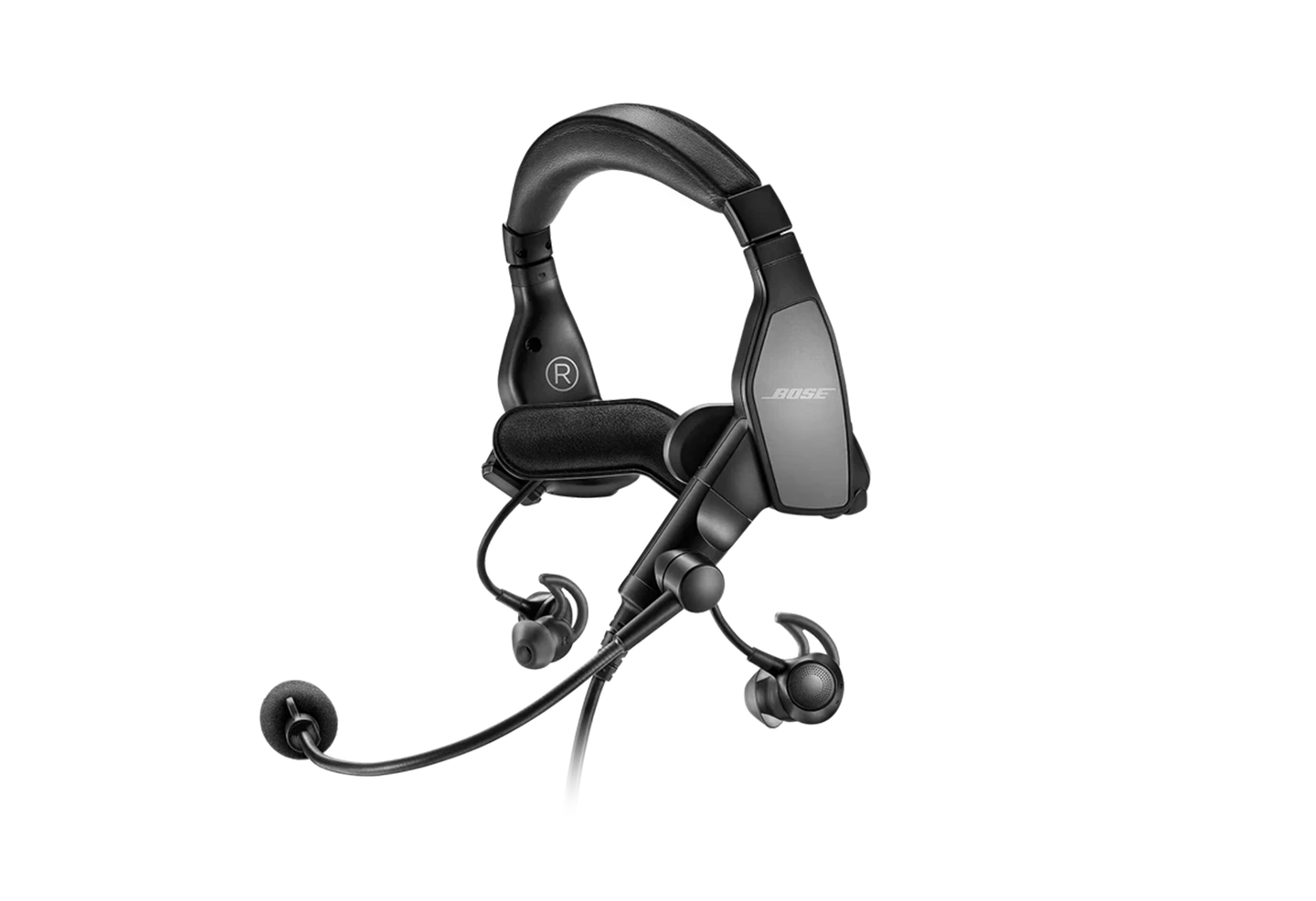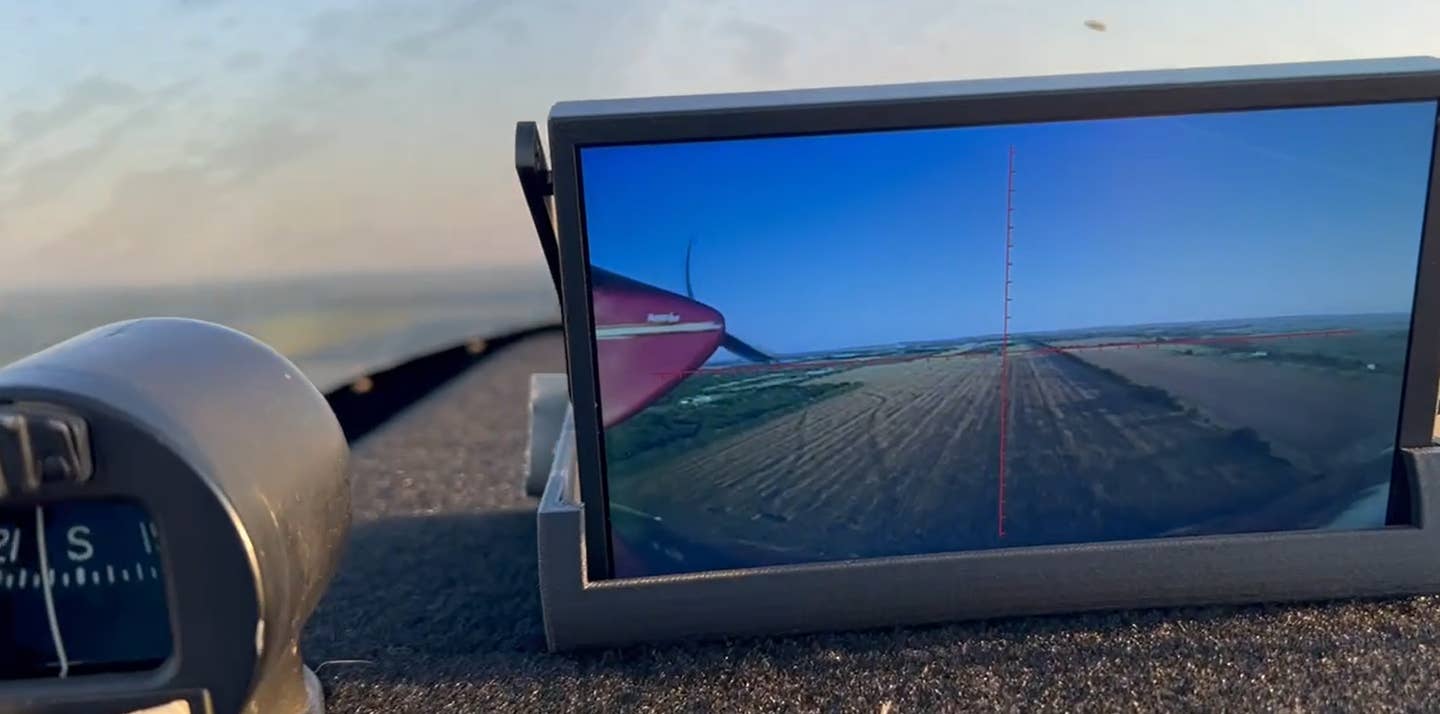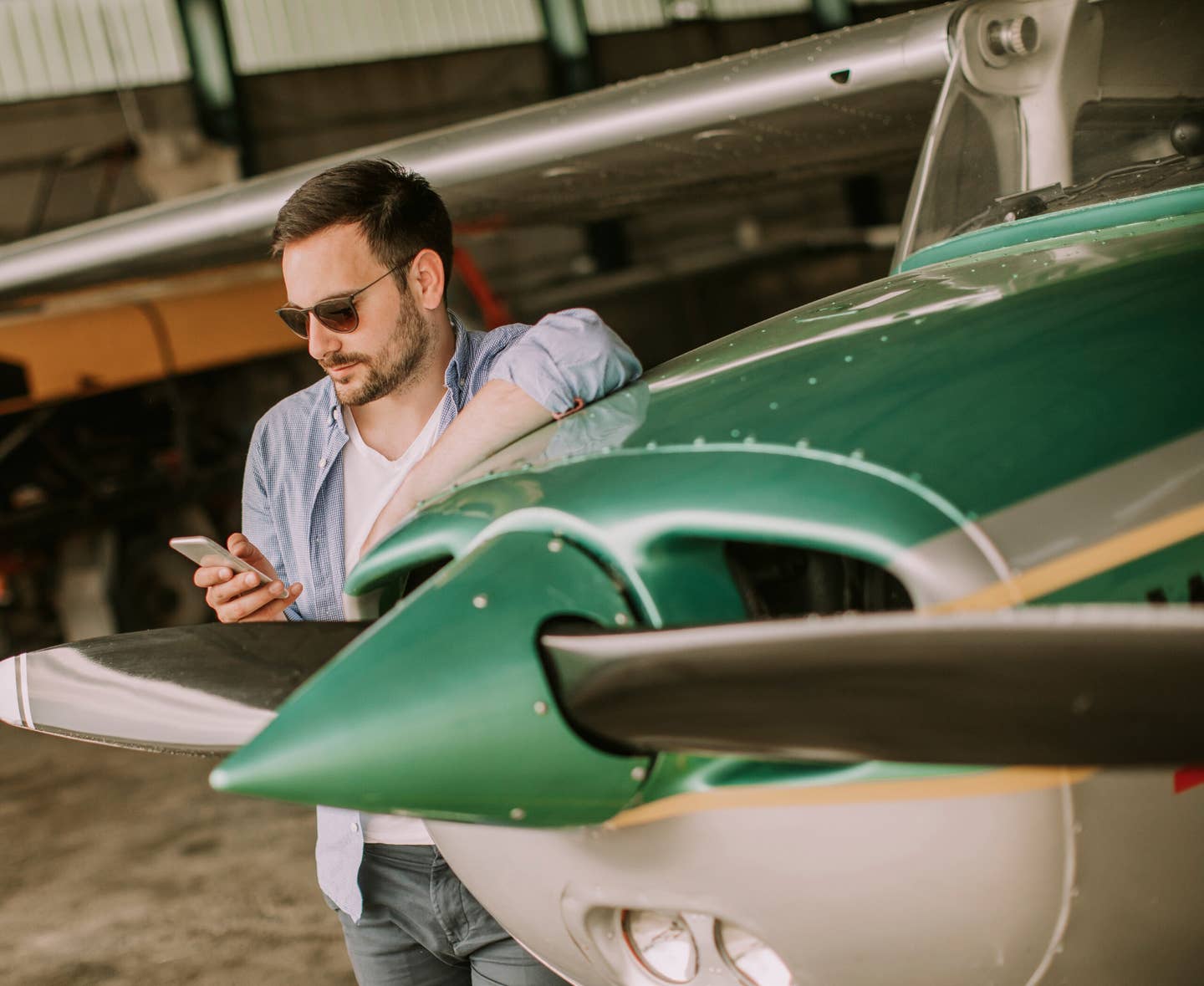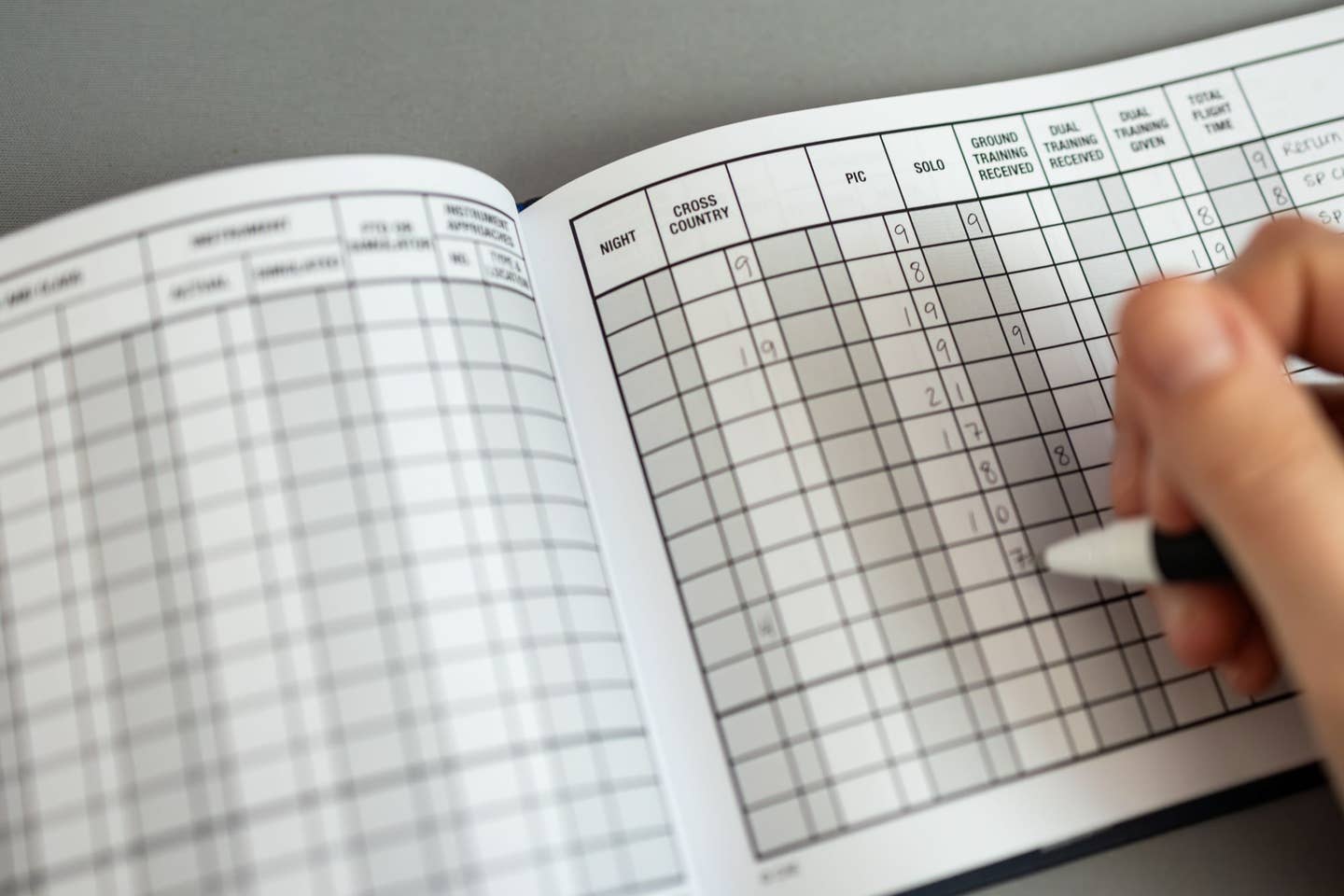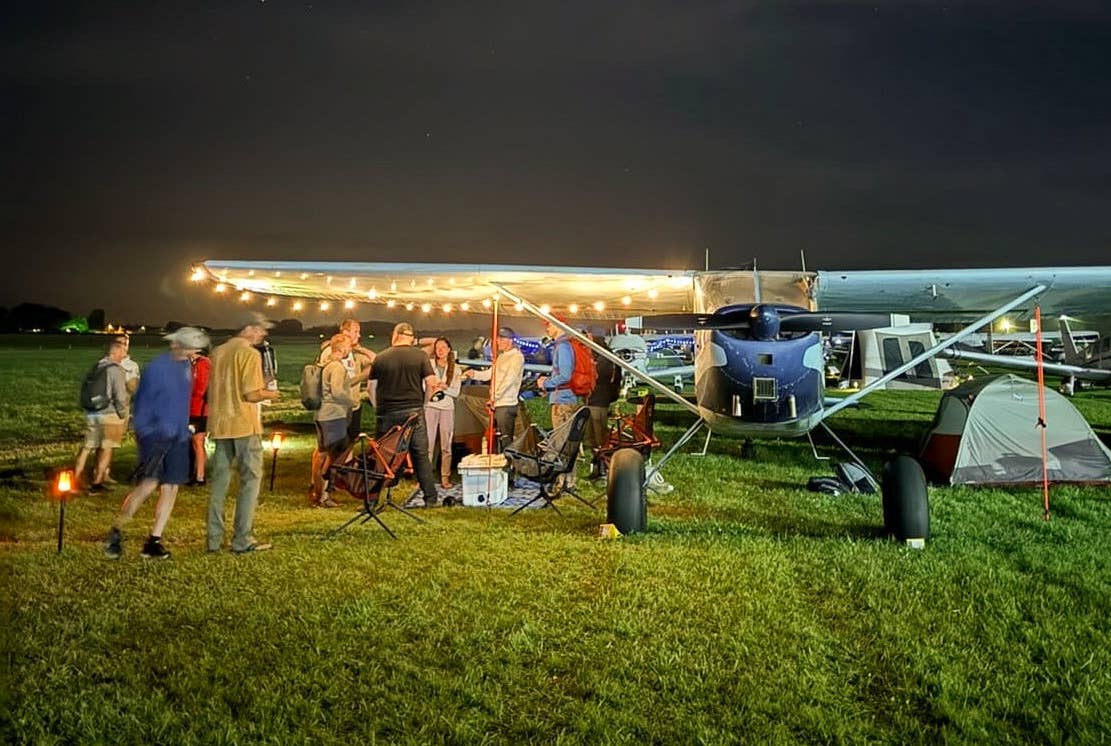
If you're here at EAA AirVenture, chances are you've been tempted by some cutting edge device you've seen in the display booths. There's also a good chance you've expanded the budget envelope and you're bringing one of them home with you. Normally, you'd open the box, lay out all the accessories in their plastic bags and pore over the user's manual in the comfort of your living room or office. But with the whirlwind of meeting people, watching the air show and just plain gawking at airplanes here at Oshkosh, you might not take the usual amount of time as usual to familiarize yourself with your new toy.
If it's a memory foam seat cushion, noise-canceling headset or some other not-so-complex device, there's probably no issue with introducing new gear to your cockpit routine. But if you've sprung for a new portable navigator or some other device involving unfamiliar software, try to carve out some time for a dry run on the ground. At least the basics ought to be familiar. The new device is going to have features that you haven't used before. It's why you bought it. And it makes sense to experience ahead of time how to make them work.
For example, I would suggest being savvy enough to be able to load a flight plan and activate it before you use a navigator in flight. I would also want to be familiar with how to add or remove waypoints from the flight plan. And you should decide ahead of time what you want to appear in the information data fields. Personally, I like to see bearing (or desired track) to the waypoint displayed directly above or below actual track. Then it's easy to tell at a glance if you're drifting off course, and by how much.
This year, Bendix-King has introduced its AV8OR Ace, with approach charts. It competes directly with Garmin's highly successful GPS696 and 695 in that role. The AV8OR Ace has the added feature of geo-referencing, so you can see where you are in relation to the published procedure -- a big advance in situational awareness. If you've taken the plunge this year to upgrade to either of these devices from an older navigator, it makes good sense to go through your normal programming procedures first, then build in the new capabilities as you get to them. And sitting outside your tent or the balcony of your hotel room (lucky you) is a safe, unhurried place to start.
Call to action: If you have any tips of your own you'd like to share, or have any questions about flying technique you'd like answered, send me a note at enewsletter@flyingmagazine.com. We'd love to hear from you.

Sign-up for newsletters & special offers!
Get the latest FLYING stories & special offers delivered directly to your inbox

